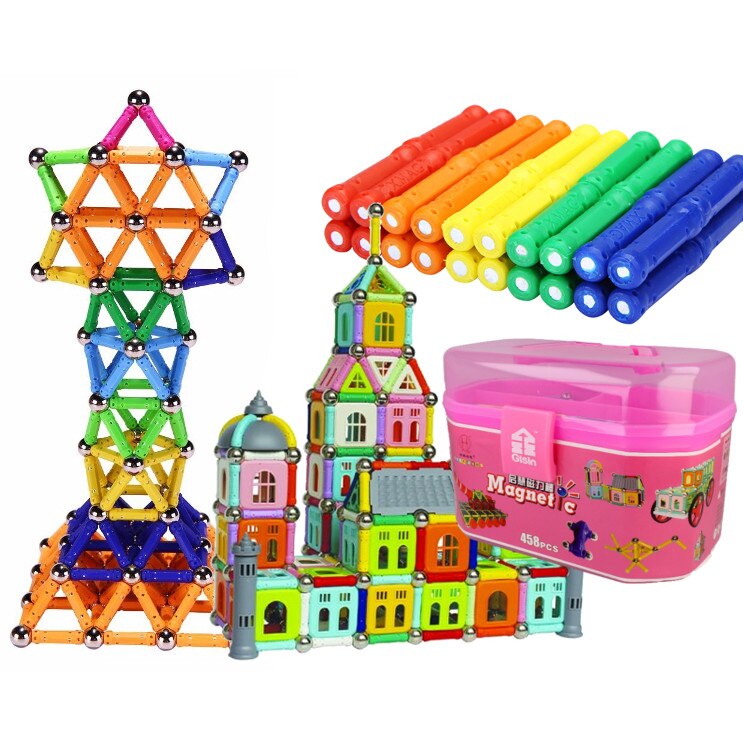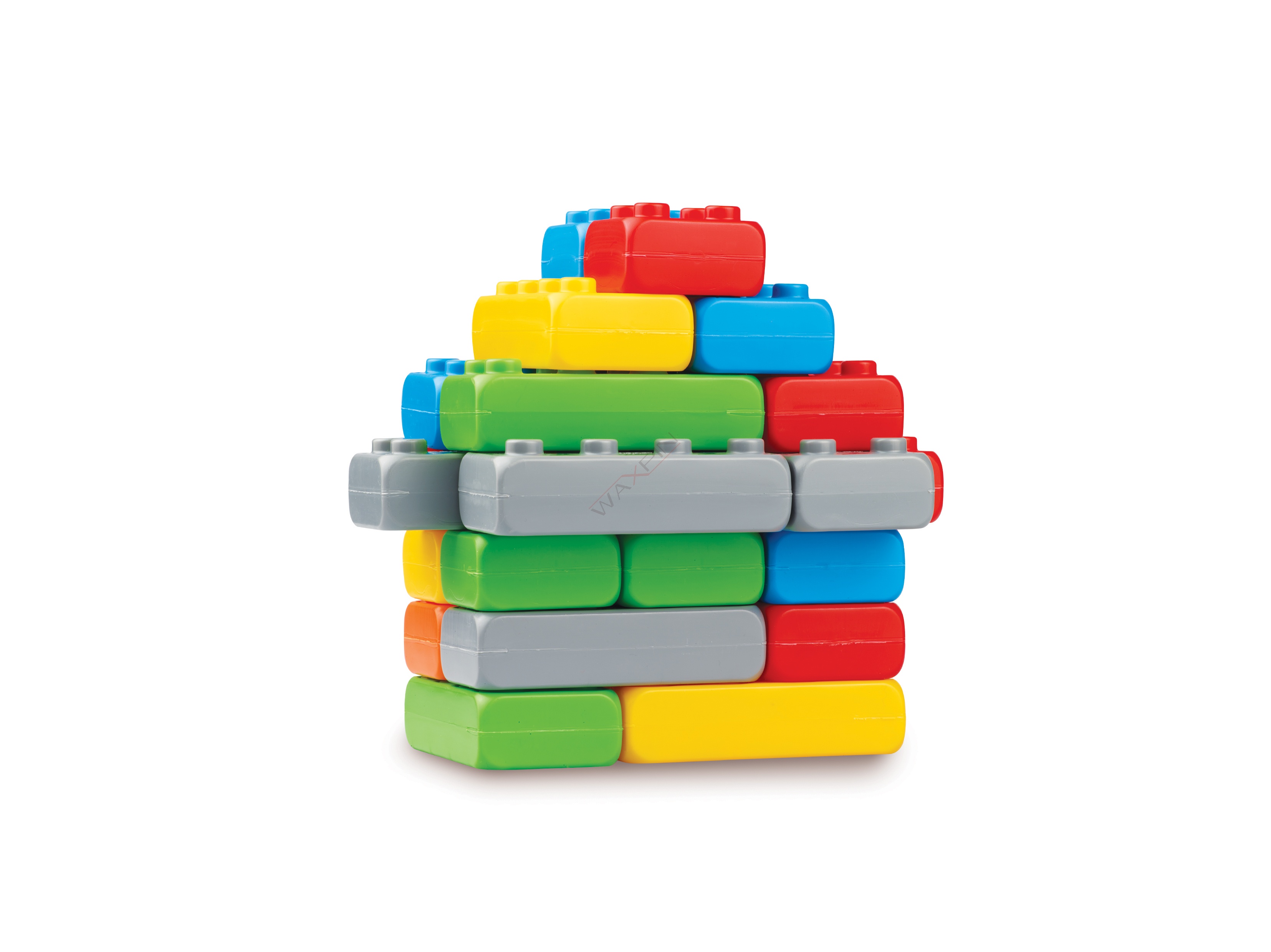The best result we found for your search is Jennifer Klocki age 30s in Temecula, CA in the Paloma Del Sol neighborhood. They have also lived in Riverside, CA and Rancho Santa Margarita, CA. Jennifer is related to Joseph P Belair and Patricia J Belair as well as 3 additional people. Select this result to view Jennifer Klocki's phone number, address, and more. „klocki” is my second puzzle game after successful 'Hook'. Its a relaxing and minimal experience. Loaded with a lot of different puzzle mechanics. Thank you for playing and your support!
Klocki Upload Your Video. Remove ads from game pages! Hate ads on your game page? Ads are distracting, can get in the way of your gaming, and sometimes slow down your computer. Sign-up for Ad-Free Gaming and get rid of ads for as long as you choose.
Klocki is a puzzle game where players tap and swipe tiles, turn dials and connect lines to progress through a series of increasingly complex puzzles. To complicate matters, the game includes no tutorial, no instructions and no menus to help players. If the lack of guidance is leaving you frustrated or lost, Gamezebo’s Klocki tips, cheats and strategies should help you connect the dots and draw your lines.
Know Your Limitations
As you start learning the mechanics of each level, you’ll see that the limitations of the mechanic are actually the hint on how to get started. For example, square tiles with line segments cannot be rotated, so finding the horizontal and vertical line pieces will help you determine how to move and match up segments. Some levels will have more than one way to solve the puzzle, so don’t be afraid to try different options. Also be aware that the solutions are usually asymmetrical, so you may need to break out of a pattern to progress.
Follow The Light
For 3D levels (cubes rather than lines, for example), you won’t be able to swap tiles across planes, but you can have a continuous line across planes. To help you figure out where you can swap, tap on a tile and any other tiles it can be switched with will illuminate.
Work It Out
Focus on one section at a time and try to solve one area before moving on to another. Working from one end of a puzzle to another, rather than going from the center out will help with process of elimination. Similarly, when multiple mechanics are included, try to complete one mechanic at a time- such as completing a dotted section before moving on to a solid section. Once you start working with yellow levers, rotate areas until you complete sections and work from one side to another to build upon your progress.
Find The Landmarks
Start with any notable tile and build around it. Early on, these will be corner pieces or “T” pieces. Because these tiles can only go in one direction, they will help you build out using process of elimination. For puzzles with combinations of static and moveable sections, try orienting the static components first. Tiles with dials, for example, can’t be switched out or moved, so start with the wheel rotations to figure out the beginning of the line segment and work out from there. For lever levels, try out each lever before you start moving tiles so you can determine what they control; in some cases, two layers will have to match up and then you can base your moves off of the two layers that are now in place.
Right On The Dot
Dots offer a unique mechanic that isn’t immediately apparent. You’ll need to flip a black tile to get dots to appear, but they’ll only appear if there is a blank or non-dot tile next to them. In the early dot stages, you’ll usually be creating a series of visual patterns using a dot-gap-dot-gap orientation. When dealing with dots and dashes, figure out how many lines you’ll to build need by counting beginnings and ends, then alternate those line sections with dots.
Be aware of the dot idiosyncrasies. If there is a gap between planes you can have two dots next to one another. You can also jump dots across islands as long as they are on the same plane, for example, from the top of a cube to top of another cube. Dots can also stand alone on a tile, whereas lines, which always have two segments, cannot; fill in any solo tiles with dots first.
Bonus Tips
- Turn your device. Though the orientation of the game is set up as horizontally, looking at it vertically might help see new possibilities.
- If you quit the game in the middle of a level, your level progress will not be saved. However, if you’ve gotten yourself into a particularly sticky mess, don’t be afraid to quit and restart to begin the level anew. The fresh perspective can help.
- Don’t underestimate the value of good ol’ fashioned trial and error. Not everything has an immediately clear strategy.
Klocki is a puzzle game where players tap and swipe tiles, turn dials and connect lines to progress through a series of increasingly complex puzzles. To complicate matters, the game includes no tutorial, no instructions and no menus to help players. If the lack of guidance is leaving you frustrated or lost, Gamezebo’s Klocki tips, cheats and strategies should help you connect the dots and draw your lines.



Know Your Limitations
As you start learning the mechanics of each level, you’ll see that the limitations of the mechanic are actually the hint on how to get started. For example, square tiles with line segments cannot be rotated, so finding the horizontal and vertical line pieces will help you determine how to move and match up segments. Some levels will have more than one way to solve the puzzle, so don’t be afraid to try different options. Also be aware that the solutions are usually asymmetrical, so you may need to break out of a pattern to progress.
Follow The Light
For 3D levels (cubes rather than lines, for example), you won’t be able to swap tiles across planes, but you can have a continuous line across planes. To help you figure out where you can swap, tap on a tile and any other tiles it can be switched with will illuminate.
Work It Out

Focus on one section at a time and try to solve one area before moving on to another. Working from one end of a puzzle to another, rather than going from the center out will help with process of elimination. Similarly, when multiple mechanics are included, try to complete one mechanic at a time- such as completing a dotted section before moving on to a solid section. Once you start working with yellow levers, rotate areas until you complete sections and work from one side to another to build upon your progress.
Find The Landmarks
Start with any notable tile and build around it. Early on, these will be corner pieces or “T” pieces. Because these tiles can only go in one direction, they will help you build out using process of elimination. For puzzles with combinations of static and moveable sections, try orienting the static components first. Tiles with dials, for example, can’t be switched out or moved, so start with the wheel rotations to figure out the beginning of the line segment and work out from there. For lever levels, try out each lever before you start moving tiles so you can determine what they control; in some cases, two layers will have to match up and then you can base your moves off of the two layers that are now in place.
Right On The Dot
Dots offer a unique mechanic that isn’t immediately apparent. You’ll need to flip a black tile to get dots to appear, but they’ll only appear if there is a blank or non-dot tile next to them. In the early dot stages, you’ll usually be creating a series of visual patterns using a dot-gap-dot-gap orientation. When dealing with dots and dashes, figure out how many lines you’ll to build need by counting beginnings and ends, then alternate those line sections with dots.
Be aware of the dot idiosyncrasies. If there is a gap between planes you can have two dots next to one another. You can also jump dots across islands as long as they are on the same plane, for example, from the top of a cube to top of another cube. Dots can also stand alone on a tile, whereas lines, which always have two segments, cannot; fill in any solo tiles with dots first.
Bonus Tips
Www.klockit.com
- Turn your device. Though the orientation of the game is set up as horizontally, looking at it vertically might help see new possibilities.
- If you quit the game in the middle of a level, your level progress will not be saved. However, if you’ve gotten yourself into a particularly sticky mess, don’t be afraid to quit and restart to begin the level anew. The fresh perspective can help.
- Don’t underestimate the value of good ol’ fashioned trial and error. Not everything has an immediately clear strategy.
